This month in the Urbanism Book Club, we read “The Death and Life of Great American Cities” by Jane Jacobs. She has been my heroine for quite some time, but this was the first time I actually read all of the book in one go. I really understand why people call it a bible and why the New York Times Book Review labels it as “perhaps the most influential single work in the history of town planning.”
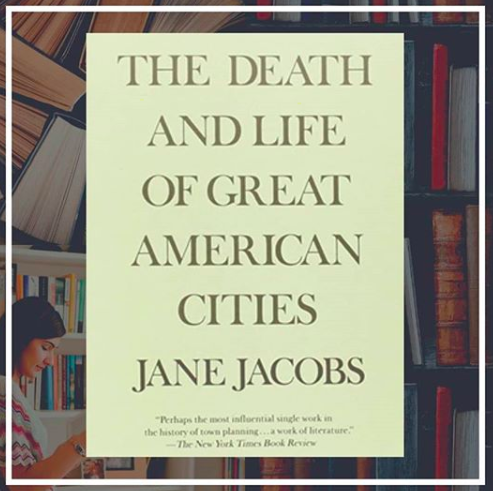
The main part of the book is dedicated to the conditions for city diversity. According to Jane Jacobs, all four conditions must be met in order for a neighbourhood to be successful, vibrant, diverse and attractive.
These are the four conditions:
- Primary mixed uses: “The district, and indeed as many of its internal parts as possible, must serve more than one primary function; preferably more than two. These must insure the presence of people who go outdoors on different schedules and are in the place for different purposes, but who are able to use many facilities in common.” (p.152)
- Small blocks: “Most blocks must be short; that is, streets and opportunities to turn corners must be frequent.” (p.178)
- Aged buildings: “The district must mingle buildings that vary in age and condition, including a good proportion of old ones. (…) Old ideas can sometimes use new buildings. New ideas must use old building.” (pp. 187)
- Density: “The district must have a sufficiently dense concentration of people, for whatever purpose they may be there. This includes people there because of residence.” (p. 200)
Of course, some of these conditions depend very much on the city and the context. In applying them to my own neighbourhood, I realised that it fulfills three, but not all four of Jacobs’ conditions because the block is too large. It actually takes an hour or even more to walk around my block! Short blocks contribute to mingling and to safety, which is indeed one of my criticisms of my own neighbourhood – it does not always feel safe. Other than that, it meets the conditions and is overall a nice and vibrant city district.
In this slide show, you can see the “neighbourhood ballett” of my immediate neighbourhood, which is currently Mexico City’s Avenida Universidad. Click through to see how it changes during the day!
As you can see, the neighbourhood has a lot of mixed uses, is dense and includes different buildings. It changes a lot during the day! Here is a legend of the numbers:
1) Oxxo: This 24-hour convenience store is an important focal point of the neighbourhood.
2) Waste truck: Every morning around 8 am, the truck passes.
3) Hot chocolate and tamales stand: This caters to the needs of workers who have an early start.
4) MetLife: People who have appointments in this insurance company queue up outside.
5) Tacos de canasta: These tacos are a popular snack in the late morning and around noon.
6) Fruit and vegetable stand: This stand has evolved and is now a fixture, but closes down at night.
7) Face mask pop-up stand: In the last few months, face masks are sold everywhere on Mexico City’s streets.
8) Newspaper stand: I haven’t figured out yet why this stand only seems to be open for about an hour a day.
9) Dairy vendour: The friendly old man sells cream and cheese. He is there every day and an important source for updates in neighbourhood gossip.
10) Sweets vendour: This lady is there for all the evening and late-night cravings of sweet and savoury snacks.
11) Pop-up band playing music: I don’t know if these troubadours are there every day, but it is very common in the neighbourhood to hear music.
12) Churros stand: Churros with sweet sauces are a popular night-time snack on the streets of my neighbourhood.
13) Various street food stands: Every night, a few ladies sell fried snacks like quesadillas and different kinds of tacos; you can also get corn on the cob (elote).
What about your own neighbourhood? Does it meet the four conditions for vibrancy? How about trying your hand at your own photo essay? You will learn a lot about your neighbourhood and can see whether it complies with Jane Jacobs’ “recipe”.
You might also like this related article:
Citizen Jane – Battle for the City

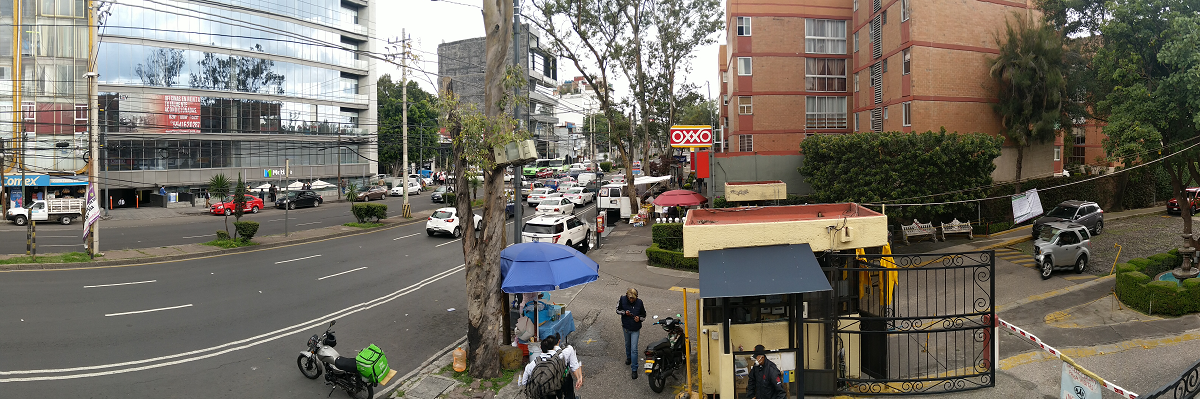

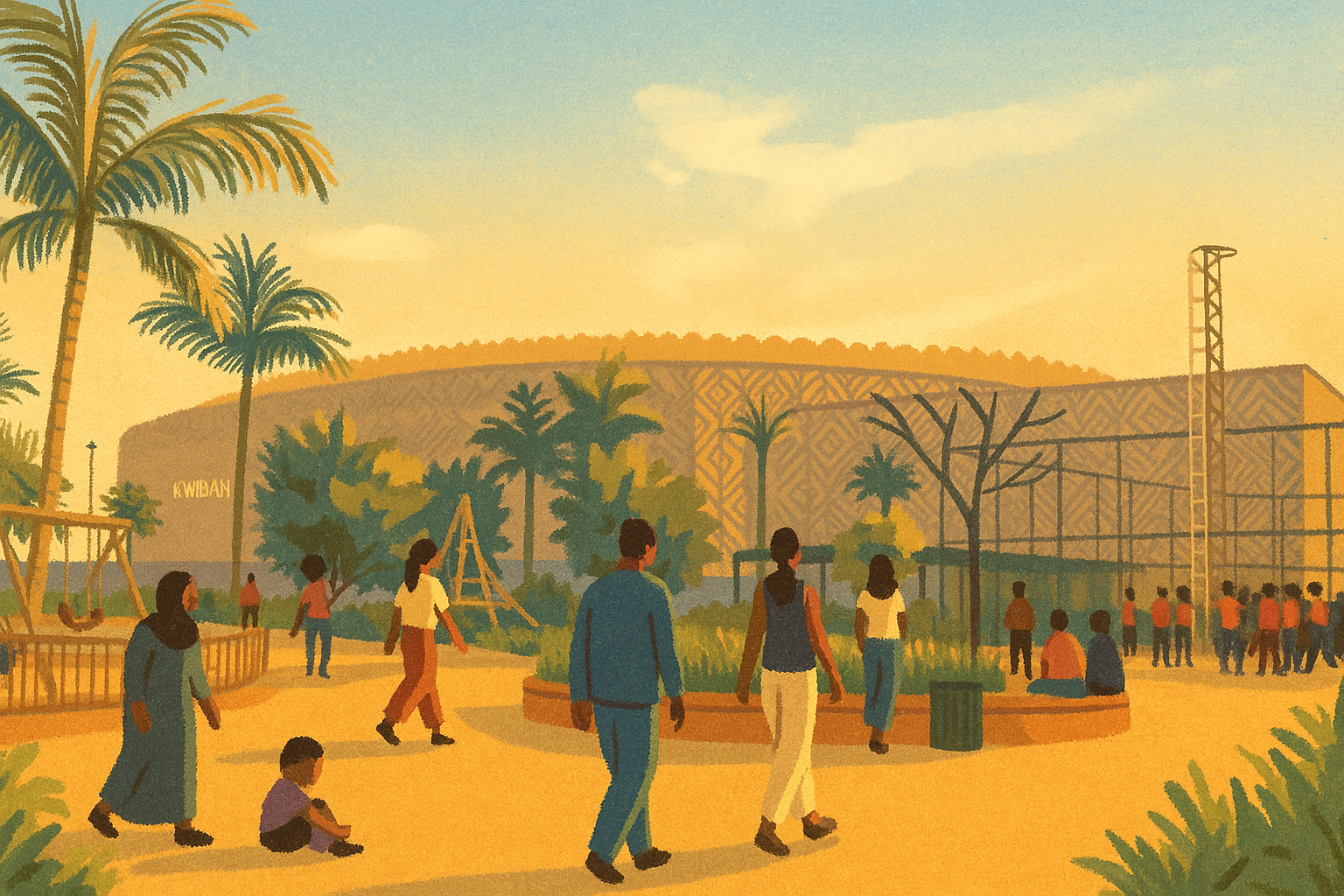
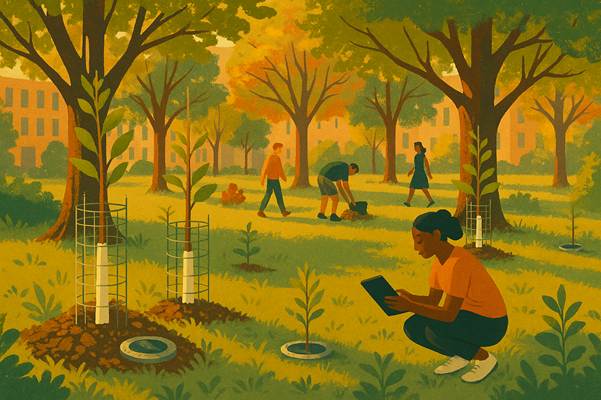


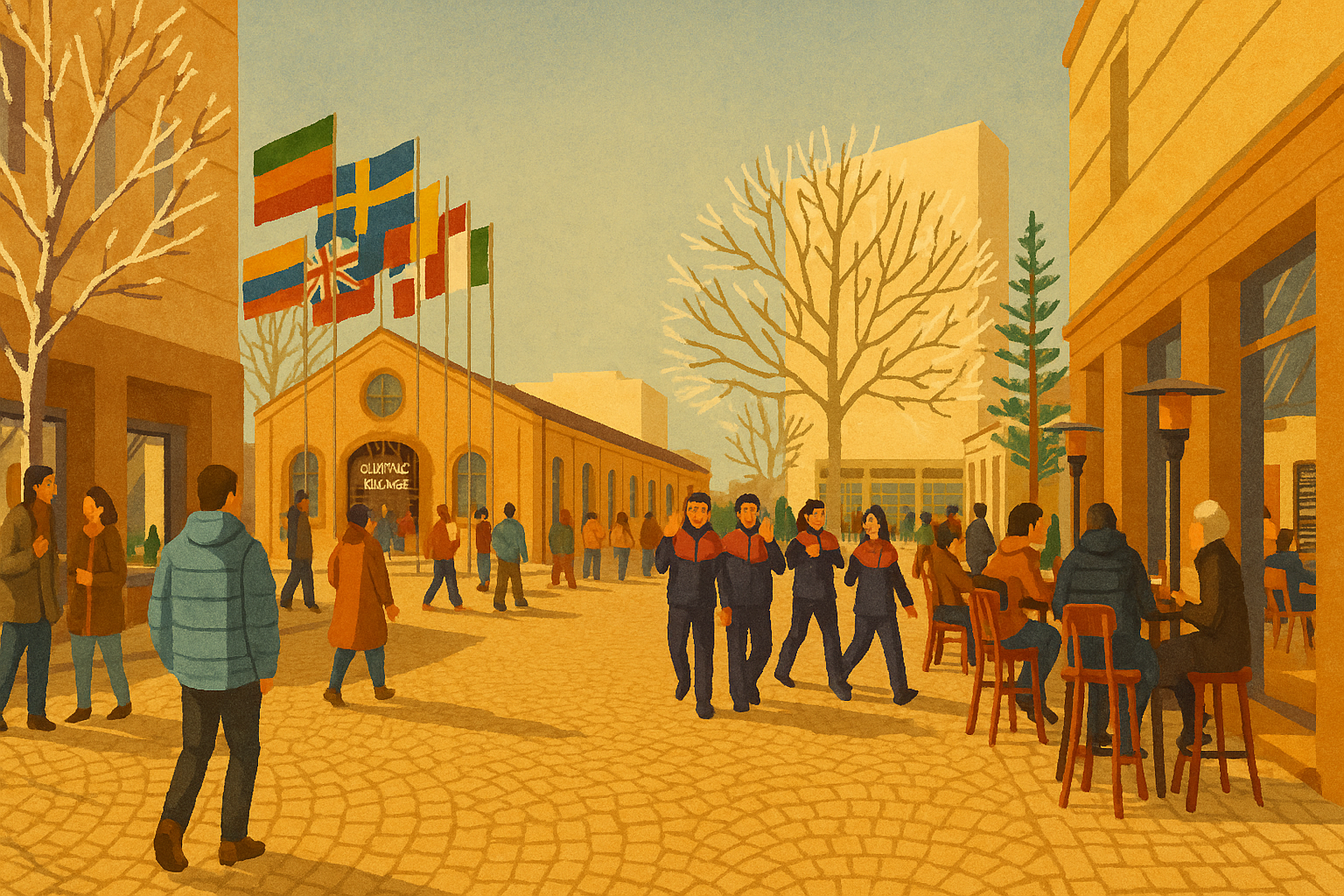
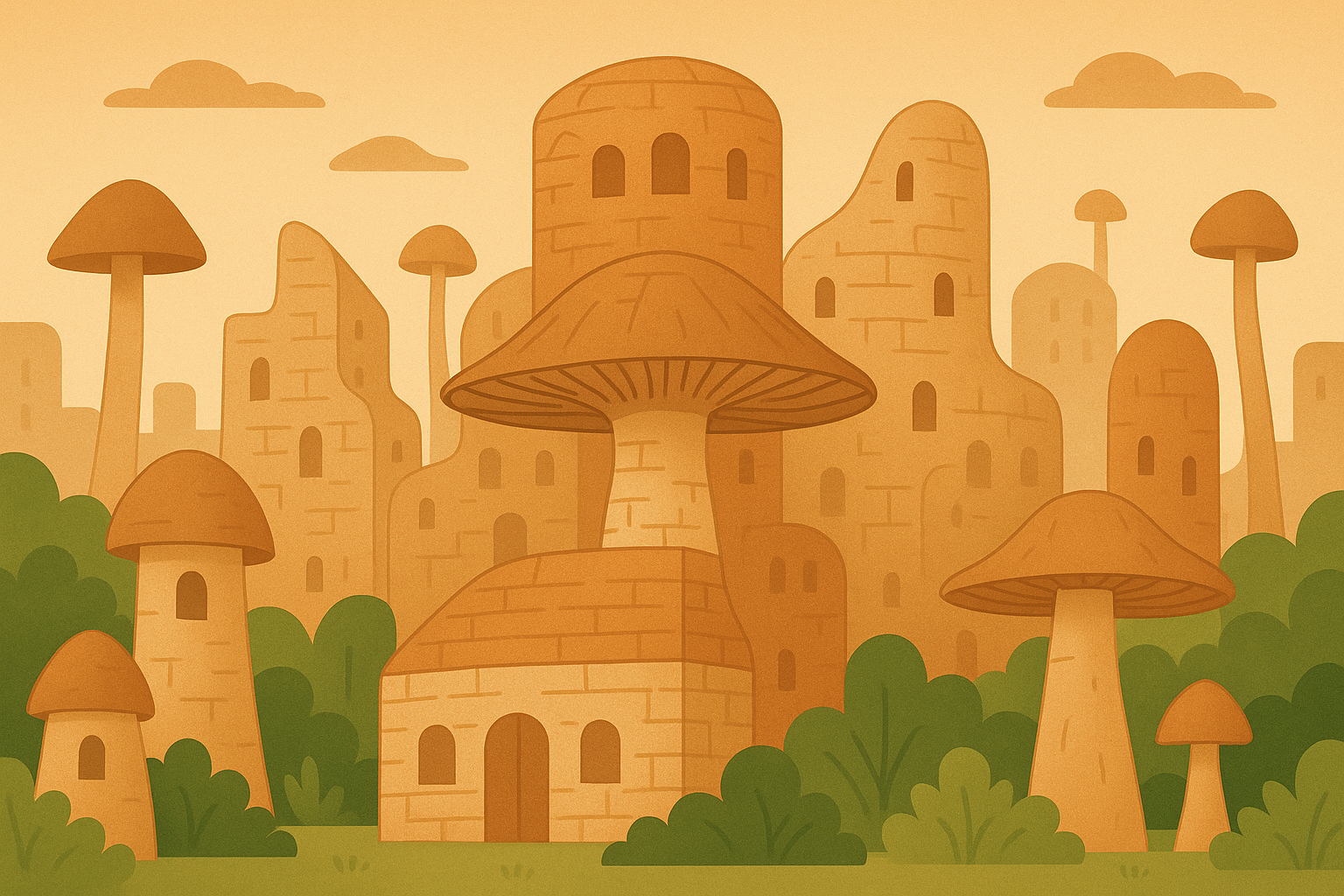

3 Responses
Interesting. I know the area well and this theory is interesting. You’re totally right about the oversized blocks. I wouldn’t say that there is a mixture of old and new buildings though. Unless the 1960s is considered old.
Thank you for your comment, Geraldine! You are right, many buildings are not that old, but I think that the proximity to Chimalistac is an interesting influence, and there you have many really old buildings.
Me encanta el término de ballet para describir la vida vibrante de un barrio. Es curioso porque llevaba años pensando en esa mágica vida que se puede crear a través de la geometría y la ingeniería. El urbanismo es una especialidad apasionante porque puede crear lo más importante de nuestras vidas que es la magia de la comunidad y la participación social dentro de una ciudad.
Ha dado la casualidad que a través de buscar libros sobre Land Plan encontré el libro de Jane y me lo leí entero. No es fácil meterse en la mente de un ingeniero si no estás dentro de su mundo, los ingenieros acaban siendo personas que les encanta la geometría y ver el mundo homogéneo, por eso siempre están pensando en Zoning y en crear barrios con una estética uniforme. Lo que nos llevó al desastre de los 60s y 70s es más bien un tema económico que a las teorías modernistas. El error grave de los urbanistas fue hacer la ciudad orientada al coche, pero la geometría de la Ciudad Radiante o de otras teorías modernistas pueden ser interesantes. Pensad que con en esas teorías siempre se aplica el orden tan importante en urbanismo, el caos es el principal problema porque es fundamental para la alegría de la gente.
He leído el libro de Jacobs y necesitaría meterse más en la mente de los ingenieros, aunque tuviera un marido arquitecto y tuviera contactos con ellos, yo creo que su mente está demasiado alejada. Sus ideas del ballet o de las calles son un acierto, pero no estoy de acuerdo en el Zoning y en ir en contra de crear espacios homogéneos. Como digo, el orden es fundamental para un buen urbanismo.
Y otro factor como el tamaño de la ciudad es importante, se puede crear una gran ciudad donde la gente sea feliz, pero el tamaño desmesurado de las metrópolis como DF son insostenibles.
Saludos a MX desde un pequeño barrio de Cataluña llamado Mundet, en honor al refresco de vuestro país.